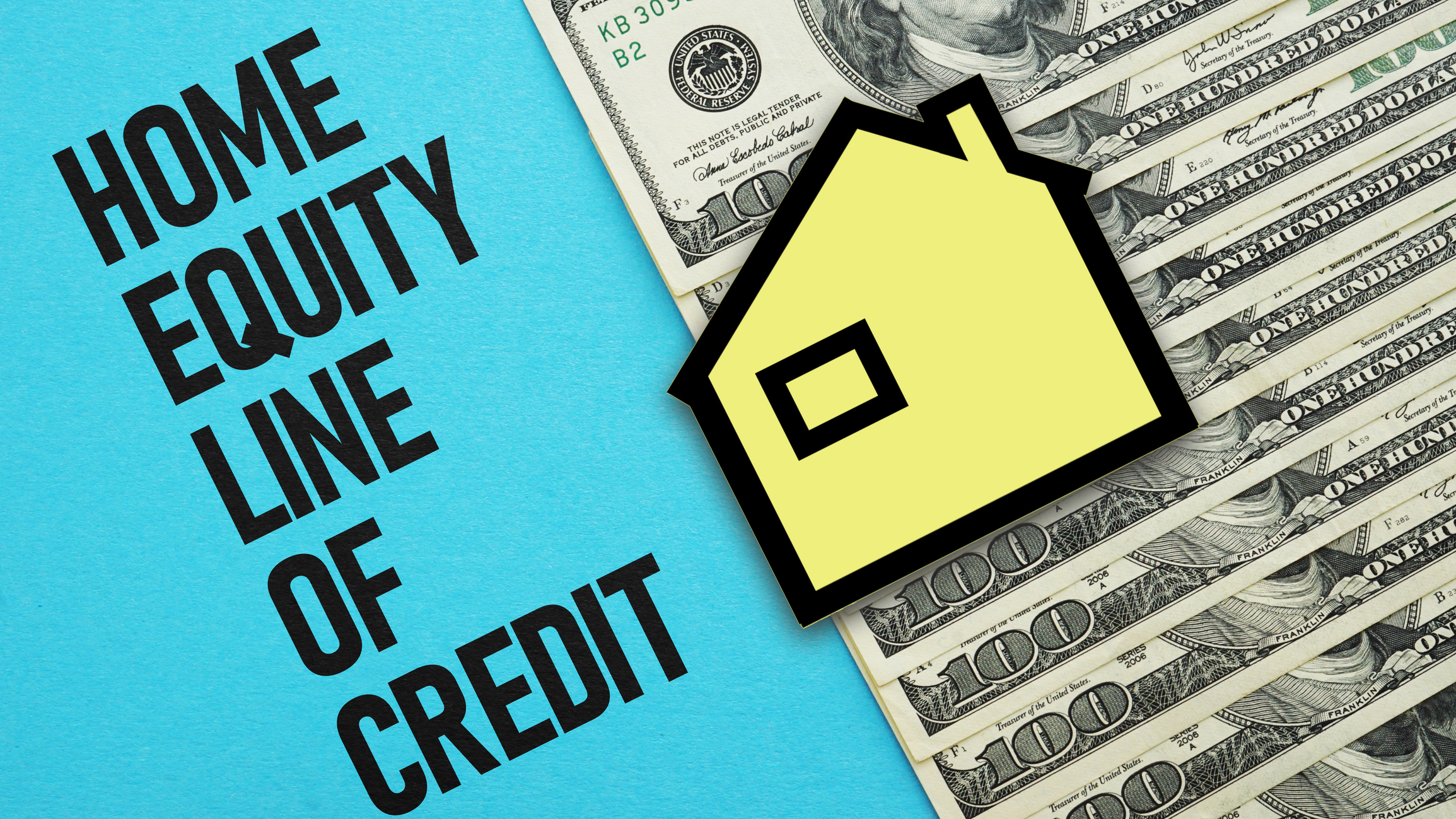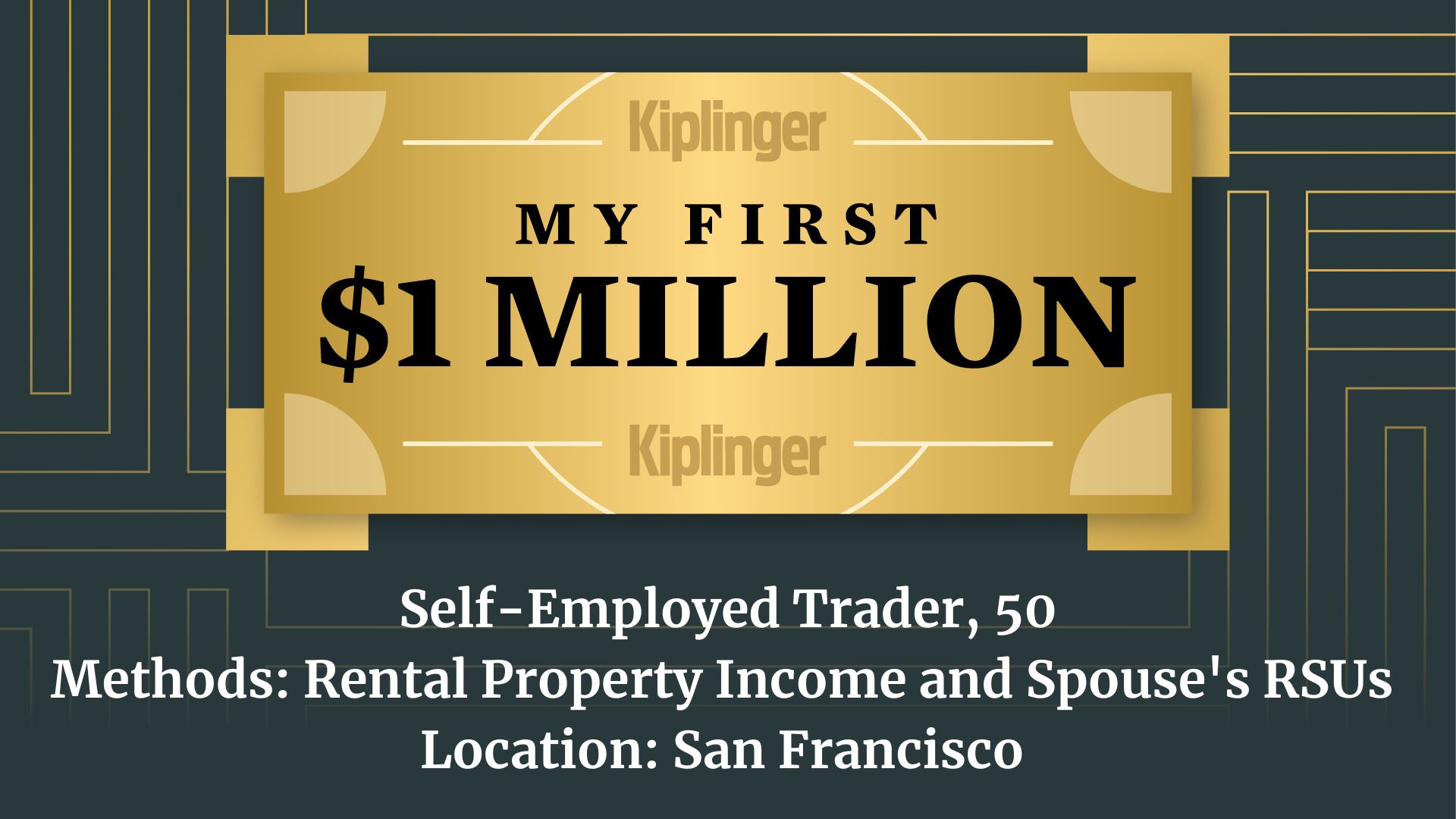Where You Choose to Stash $100k Now Comes with a Big Opportunity Cost
The Fed recently cut rates. Here's where to maximize your savings while rates remain higher.


The Federal Reserve issued a quarter-point rate cut at its October meeting, the group announced Wednesday. This is the second time this year the Fed has cut rates, thanks in part to poor job growth. The latest jobs report showed only 22,000 jobs added in August – updated payroll data might be delayed during the government shutdown.
As you know, when the Fed cuts rates, it does make some things more affordable, such as borrowing costs on credit cards and home loans. On the other side of the coin, savers could take a hit, as APYs on savings accounts will dip slightly. That puts us in a place where the decisions you make now could have real impacts on your future yields.
But the news isn't all bad for savers. If you have $100,000 you want to put into savings for plans like a down payment on a new home, I'll show you some smart money moves to make now.
From just $107.88 $24.99 for Kiplinger Personal Finance
Become a smarter, better informed investor. Subscribe from just $107.88 $24.99, plus get up to 4 Special Issues

Sign up for Kiplinger’s Free Newsletters
Profit and prosper with the best of expert advice on investing, taxes, retirement, personal finance and more - straight to your e-mail.
Profit and prosper with the best of expert advice - straight to your e-mail.
A savings approach guaranteed to generate results
If you're using the $100k to save for a specific goal in the future and don't want to put it into the stock market, a CD is going to be the best option for you. CDs have fixed interest rates. So, if you sign up for an account today and the Fed continues to cut rates, your rate doesn't change.
How much does this matter?
Say you open a five-year CD right now with $100,000, earning 4.15%. For five years, you'll receive $22,545.22 in earned interest. But if you wait until the Fed cuts rates and the banks follow suit, your APY could drop to 3.90%. At that rate, you would earn $21,081.48, $1,463.74 less than if you'd acted now.
Therefore, if you have clear intentions with your $100k and don't mind locking it up for a bit to earn more cash, now is the time to strike.
You can shop for and compare CD options quickly using this Bankrate tool:
Is long-term or short-term CD the smarter play right now?

This largely depends on what you're planning to do with the money. If you're storing a substantial sum for a specific reason, like buying a home in a few years, it makes sense to do a longer-term CD now while rates are still high.
But you need to make sure you don't need that money before the CD matures, because if you break it open before it matures, it would be expensive. Longer-term CDs come with steep fees for early withdrawal, where you could lose up to a year of interest earned, which, with the sum deposited, could equate to hundreds of dollars lost.
Another approach is to consider a short-term option. With it, you'll receive a high rate of return with quicker access to your cash. Then, if inflation continues to rise heading into next year, you'll have time to pivot to investments that could earn more.
And the best product for this approach, if you have around $100,000 to save, is a jumbo CD. Jumbo CDs work the same way as regular CDs, but the deposit requirements are much higher – usually from $10,000-$100,000.
With one, you can earn returns outpacing inflation and have access to your cash within six months to a year. Not bad for reaching short-term savings goals.
When will my savings account rates drop after a rate cut?

I've been reviewing and updating rates on CDs and high-yield savings accounts, and what I've found is that it varies depending on your financial institution. To illustrate, the best three-year CD rates used to be close to 4.28% APY; now, you're lucky to find some around 4.00%.
Meanwhile, some banks haven't changed their rates at all. I have a high-yield savings account with SoFi, and rates haven't dipped yet. The same applies to the best high-yield savings accounts.
One of our top choices, Newtek Bank, still offers gains of 4.35%. On the CD side, you can get a six-month no-penalty CD through Climate First Bank for 4.34%. But you'll want to act quickly, as rates can change overnight.
Overall, the rate environment is shifting for savers. With the Fed possibly cutting rates again before the end of 2025, now is the time to take advantage when rates are higher.
For savers with substantial deposits, making the right move now could help you save thousands more. This can help you reach your savings goals faster, without the risk of losing money.
Related Content
Profit and prosper with the best of Kiplinger's advice on investing, taxes, retirement, personal finance and much more. Delivered daily. Enter your email in the box and click Sign Me Up.

Sean is a veteran personal finance writer, with over 10 years of experience. He's written finance guides on insurance, savings, travel and more for CNET, Bankrate and GOBankingRates.
-
 December Fed Meeting: Live Updates and Commentary
December Fed Meeting: Live Updates and CommentaryThe December Fed meeting is one of the last key economic events of 2025, with Wall Street closely watching what Chair Powell & Co. will do about interest rates.
-
 This Is Why Investors Shouldn't Romanticize Bitcoin
This Is Why Investors Shouldn't Romanticize BitcoinInvestors should treat bitcoin as the high-risk asset it is. A look at the data indicates a small portfolio allocation for most investors would be the safest.
-
 I'm a Federal Benefits Pro: I Answer These 2 Questions a Lot
I'm a Federal Benefits Pro: I Answer These 2 Questions a LotMany federal employees ask about rolling a TSP into an IRA and parsing options for survivor benefits, both especially critical topics.
-
 Smart Money Moves Savers Should Make in 2026
Smart Money Moves Savers Should Make in 2026These steps will get you on the road to achieving your 2026 savings goals.
-
 How Much Would a $50,000 HELOC Cost Per Month?
How Much Would a $50,000 HELOC Cost Per Month?Thinking about tapping your home’s equity? Here’s what a $50,000 HELOC might cost you each month based on current rates.
-
 My First $1 Million: Self-Employed Trader, 50, San Francisco
My First $1 Million: Self-Employed Trader, 50, San FranciscoEver wonder how someone who's made a million dollars or more did it? Kiplinger's My First $1 Million series uncovers the answers.
-
 Waiting for Retirement to Give to Charity? Here Are 3 Reasons to Do It Now, From a Financial Planner
Waiting for Retirement to Give to Charity? Here Are 3 Reasons to Do It Now, From a Financial PlannerYou could wait until retirement, but making charitable giving part of your financial plan now could be far more beneficial for you and the causes you support.
-
 Are You Ghosting Your Finances? What to Do About Your Money Stress
Are You Ghosting Your Finances? What to Do About Your Money StressAvoidance can make things worse. You can change your habits by starting small, talking with a family member or friend and being consistent and persistent.
-
 Your End of Year Insurance Coverage Review Checklist
Your End of Year Insurance Coverage Review ChecklistStop paying for insurance you don't need and close coverage gaps you didn't know about with this year-end insurance review.
-
 I'm an Insurance Pro: If You Do One Boring Task Before the End of the Year, Make It This One (It Could Save You Thousands)
I'm an Insurance Pro: If You Do One Boring Task Before the End of the Year, Make It This One (It Could Save You Thousands)Who wants to check insurance policies when there's fun to be had? Still, making sure everything is up to date (coverage and deductibles) can save you a ton.
-
 4 Smart Ways Retirees Can Give More to Charity, From a Financial Adviser
4 Smart Ways Retirees Can Give More to Charity, From a Financial AdviserFor retirees, tax efficiency and charitable giving should go hand in hand. After all, why not maximize your gifts and minimize the amount that goes to the IRS?